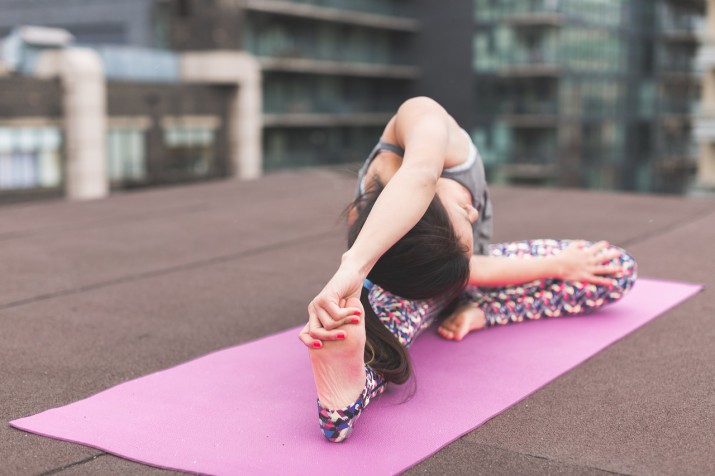What warm up techniques do you use?

We have all done it. We get to the gym, size up the workout on whatever app we are using that day and then go directly into the WOD. Then halfway through the workout we find that we are not performing as well as we did two days ago. Much to our surprise we can’t lift as much, can’t clean as well, and are winded earlier than usually. What gives?
Let me bring something to the forefront.
Did you warm up?
I’m not talking about performing a few static stretches and calling it good. I’m talking about a proper pre-event warm up that last more than 2 or 3 minutes. I want to stress how important it is to properly warm up the body and muscles prior to a training bout of exercise.
The thing is, it doesn’t take long to get the blood flowing, enzymes pumping, and start preparing the body for the stress it is about to take on. There are so many benefits to warming up and the kicker is it only takes 10- 15 minutes of our workout time. In today’s article I’m going to suggest two warm-up techniques I’ve learned as a trainer and enlighten you to some of the many benefits of taking the time to warm up.
So what are some of the benefits of warming up? Sure, we all know that warming up the muscle is good and it helps to work out the kicks from the prior WOD you engaged in. But what else does a good warm up do for the athlete?
Here are some of the added benefits:
#1 Increased speed of muscle action and relaxation.
#2 Great economy of movement due to lowered viscosity of the muscle.
#3 Increased delivery of oxygen to the muscle due to hemoglobin and temperature.
#4 Increased cellular gas exchange.
#5 Increased blood flow which heightens the metabolic process.
#6 Increased Range of Motion (ROM).
#7 Increased mental focus which enhances motor recruitment activity.
Okay your thinking, but what exactly does a proper warm-up look like, or how can I start programming my own warm ups? The process is actually very simple once you choose the type of warm up you wish to conduct.
We will discuss two of my favorites warm up techniques that I incorporate into my programming regularly:
The Specific Warm Up
The Specific Warm Up is simplistic in nature. Simply put it uses the same actions and movement patterns, and sometimes the same exercise that you will find in the WOD for that day. Its effective because not only does the muscle get warmed up, but it also helps the neuromuscular pathways that will be recruited in the exercise prescription. For instance, if its your bench press day you will incorporate movement patterns that mimic the motor recruitment patterns of the bench press. You could even incorporate bench presses at a light weight into the warm up itself. If your event is sprinting then incorporate sprint mechanics and movement patterns that will be utilized during the heavy sprinting. This is why it is called a “Specific” warm up. It is specific to the motor recruitment patterns that will be employed during the high intensity activity.
Some examples:
Bench Press/Light weight bench presses
Sprinting/ Low intensity sprinting mechanics
Squats/ Light weight or air squats
Overhead presses/ Light weight barbell or dumbbell press
The Performance Warm Up
The performance warm up is actually a hybrid type warm up that incorporate the specific warm up coupled with a general warm up. All a general warm up is basic movement patterns repeated over a set amount of time. Examples are jump roping, walking, jogging, biking, calisthenics.
This is my most utilized warm up as the general portion helps activate the larger muscle groups while the specific portion prepares the neuromuscular system for the on coming stress. One key thing to remember in both types of warm up is to ensure you are moving through the full range of motion of the movement employed. This not only helps the neuromuscular system but can also enhance and increase flexibility much like dynamic flexibility workouts. Generally, I will work through this warm up for a set number of rounds or for 10-15 minutes. This all depends on the type and intensity of the activity I will be performing that day. As for the intensity of the performance warm up, I general don’t exceed 20-30% of the resistance I will employ during the WOD. In other words, keep it light. The over all concept is to work skills and motor recruitment patterns while warming up the larger muscle groups at the same time, which should lead to greater athletic performance.
So there are two types of warm ups you can use for your next workout. It doesn’t have to be fancy or over complicated. In fact the most basic and simplistic you can keep your warm up the better off you will be. This shouldn’t be the complicated portion of your workout for the day. Warm ups should be used to get the body firing on cylinders, properly prepare the central nervous system, and psychologically prepare you for the work ahead.
As always, go hard on your next WOD – Jay



